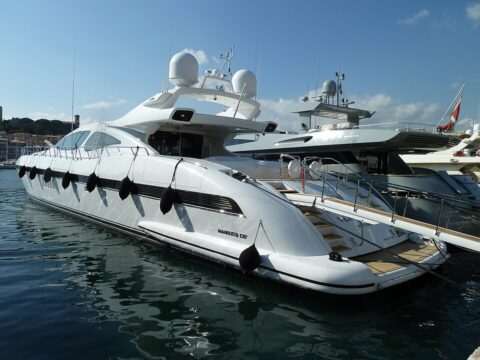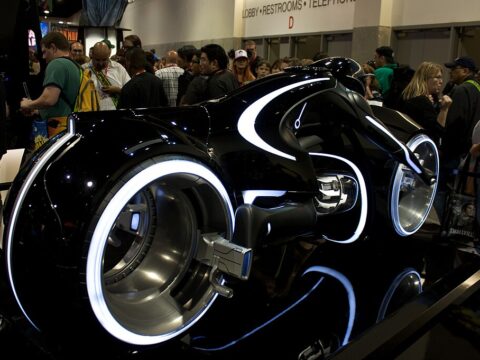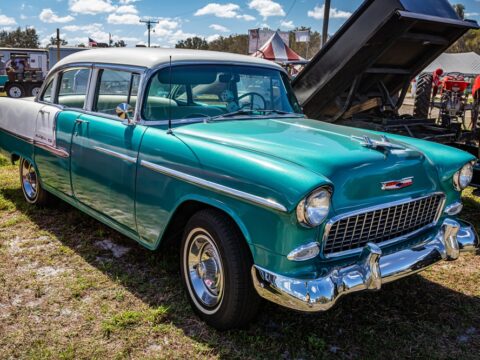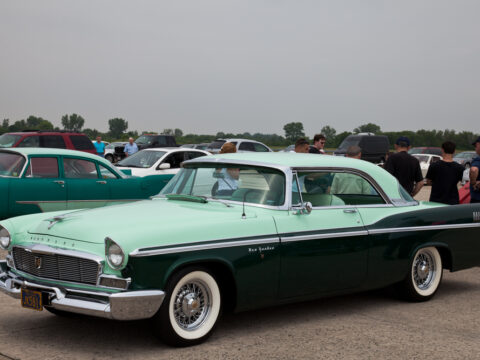The 1970s brought us some iconic motorcycles, but not every bike from that era lived up to the hype. In this list, we’re taking a look at 18 motorcycles from the 1970s that, despite the excitement, just didn’t impress. Whether due to design flaws, performance issues, or stiff competition, these bikes fell short of expectations.
Contents
Suzuki RE5 Rotary
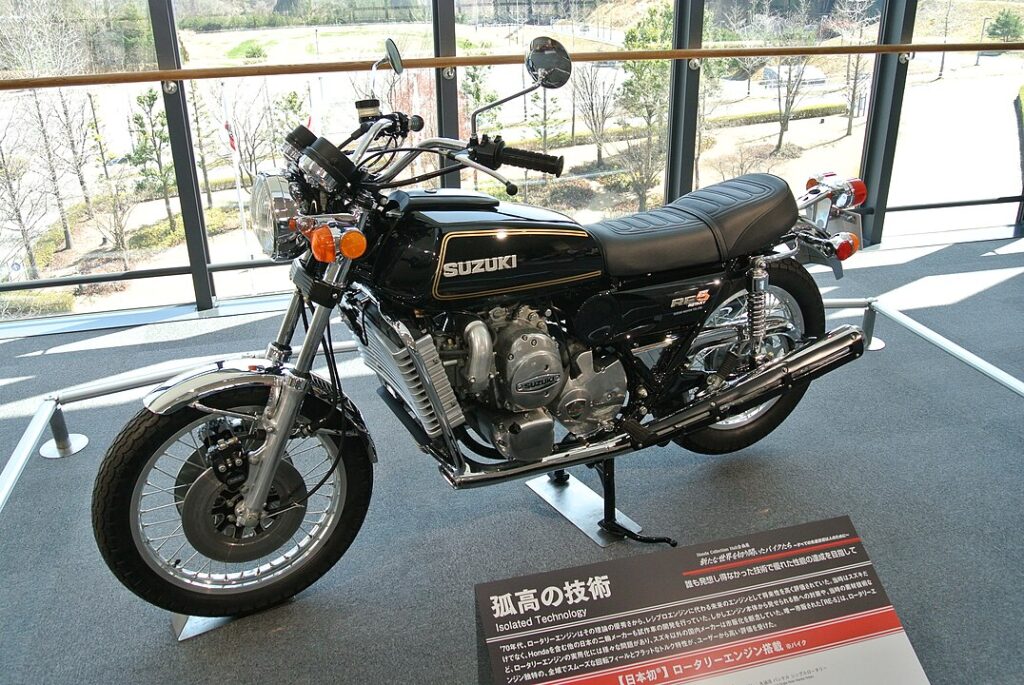
The Suzuki RE5 was an ambitious project that aimed to introduce rotary engine technology to motorcycles. However, the complex Wankel engine proved to be its downfall. The bike was heavy, difficult to maintain, and had poor fuel efficiency compared to its piston-powered rivals. The RE5’s quirky design, featuring a cylindrical instrument cluster, didn’t resonate with riders, and the high cost of production ultimately led to its short lifespan and poor sales.
Honda CB360
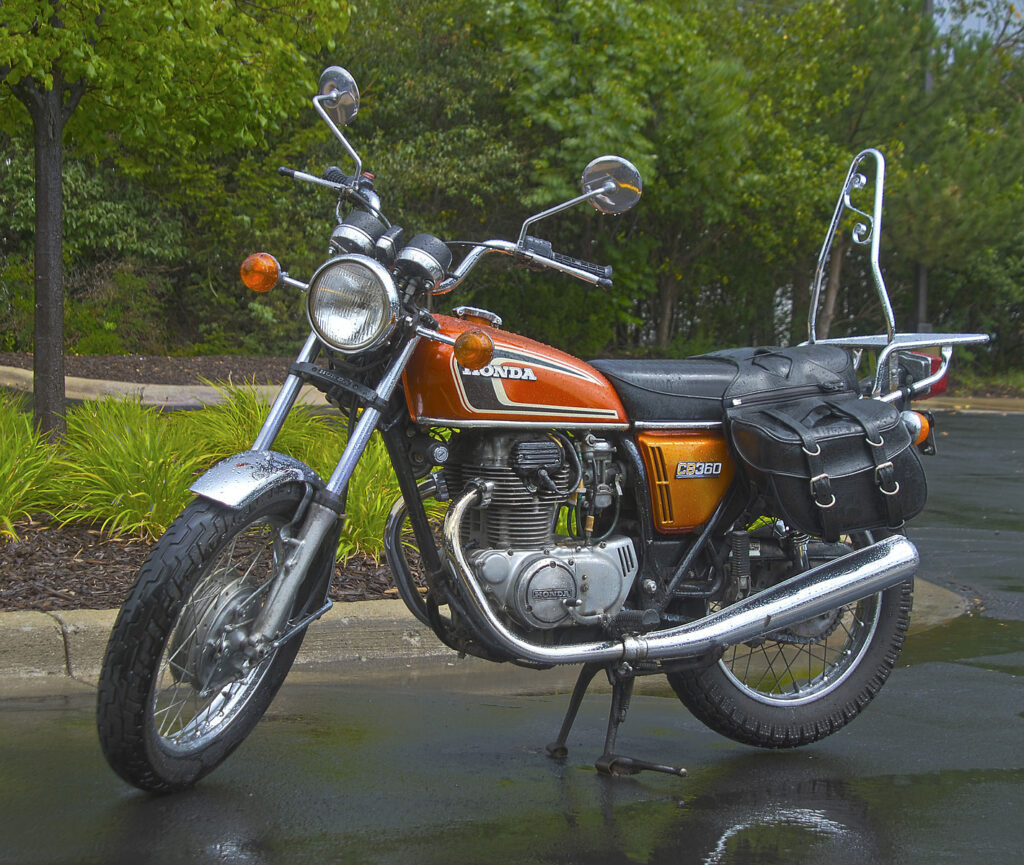
The Honda CB360 was intended to be a versatile and affordable option for riders, but it fell short in several areas. The bike’s 356cc engine was underwhelming, producing only 34 horsepower, and it suffered from vibration issues at higher RPMs. The CB360 also had a reputation for weak brakes and handling that felt vague and uninspiring. Despite Honda’s strong reputation, the CB360 failed to live up to the standard set by its siblings in the CB series.
Kawasaki H2 Mach IV
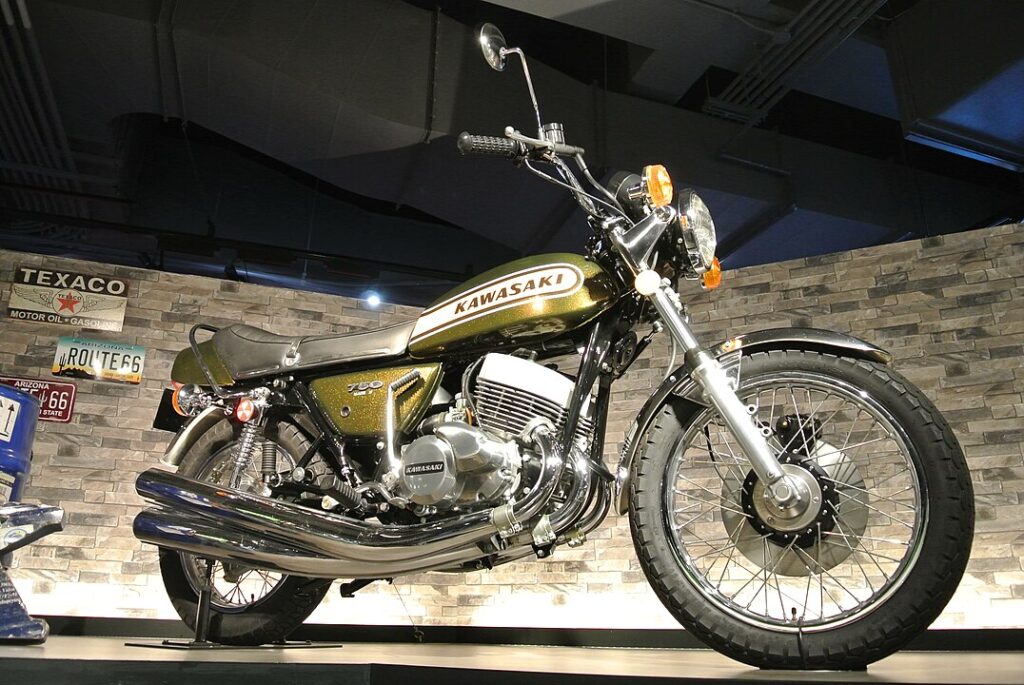
The Kawasaki H2 Mach IV was a powerful bike with a 748cc two-stroke triple engine, but its aggressive power delivery made it difficult to control. The bike earned a reputation as a “widowmaker” due to its unpredictable handling and inadequate braking system. While it was fast in a straight line, the H2 Mach IV’s poor cornering ability and tendency to lift the front wheel made it a dangerous ride, leading to its eventual discontinuation.
Moto Guzzi V7 Sport
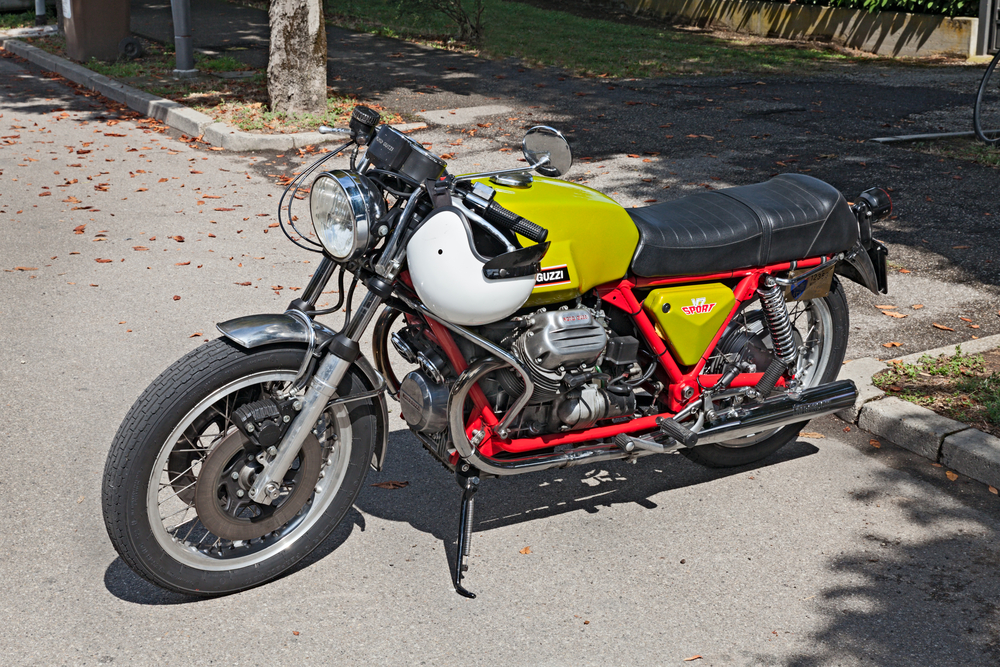
The Moto Guzzi V7 Sport was supposed to be a sporty, Italian alternative to British and Japanese bikes, but it failed to impress in the market. The bike’s 748cc V-twin engine was reliable, but its performance was lackluster compared to competitors. The handling was hindered by the bike’s weight and long wheelbase, making it feel sluggish in the corners. Additionally, the V7 Sport’s styling, while elegant, was seen as dated by the time it was released.
Triumph T150 Trident
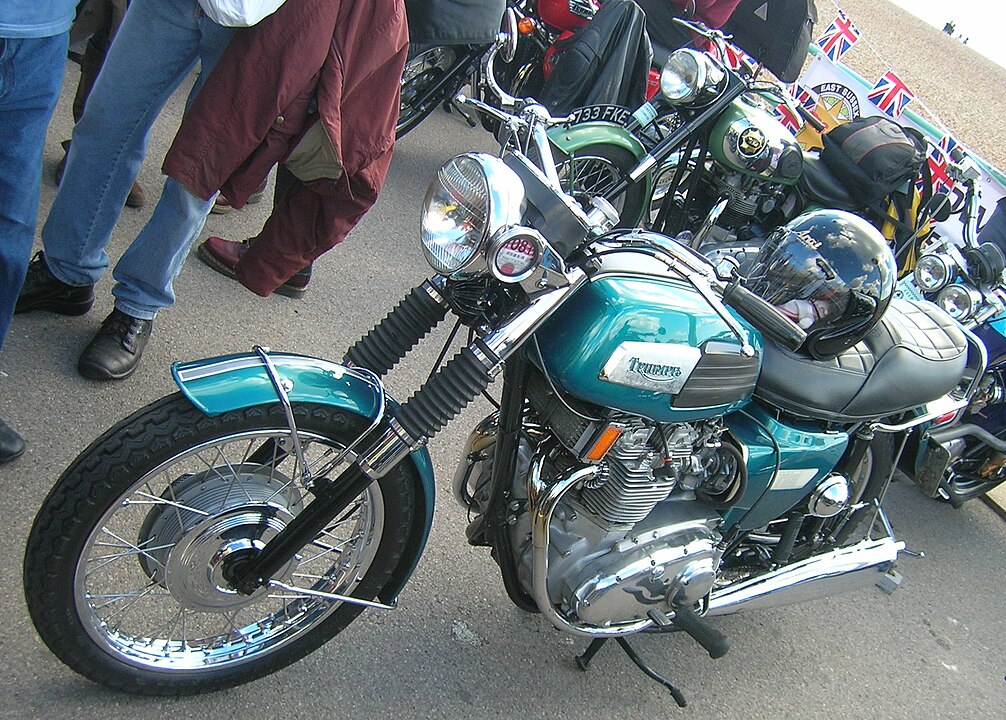
The Triumph T150 Trident was a three-cylinder bike that struggled to compete with the Japanese motorcycles of the time. The bike’s 741cc engine was powerful, but it was let down by an outdated frame design and poor build quality. The Trident suffered from frequent oil leaks, electrical issues, and vibration problems. Despite being one of the first production bikes to feature a triple engine, the T150 Trident’s shortcomings overshadowed its innovations.
BMW R90S
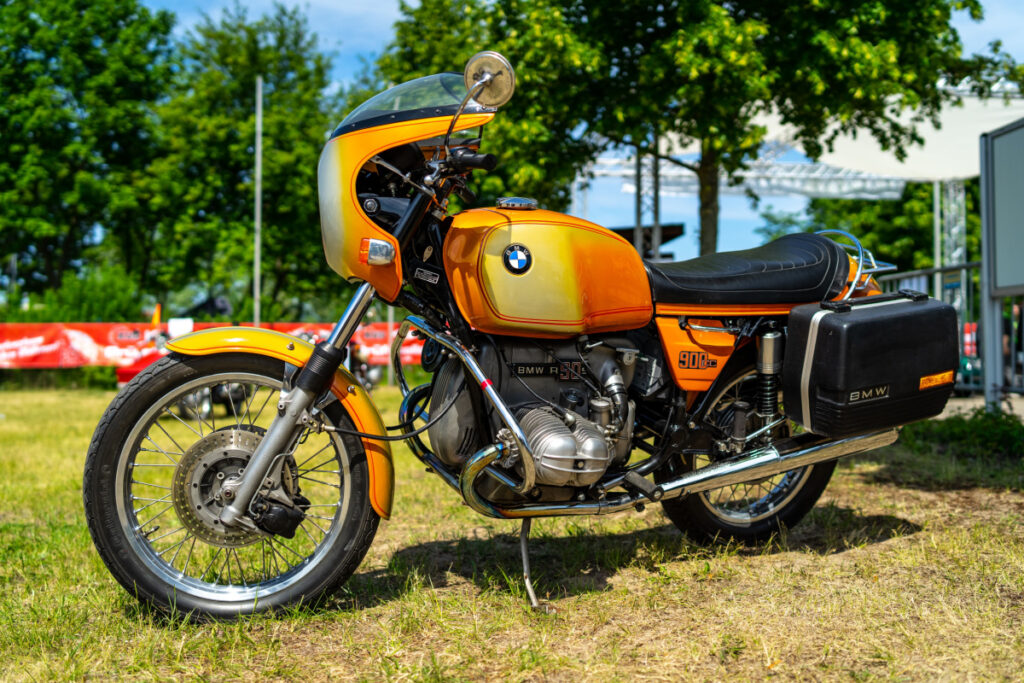
The BMW R90S was a well-built motorcycle, but it failed to excite the market as much as BMW had hoped. The 898cc boxer engine was smooth and reliable, but it lacked the raw power of its competitors. The R90S was also criticized for its conservative styling, which didn’t appeal to riders looking for something more daring. While it was a solid performer, the bike’s high price and lack of standout features made it a less attractive option for many riders.
BSA Rocket 3
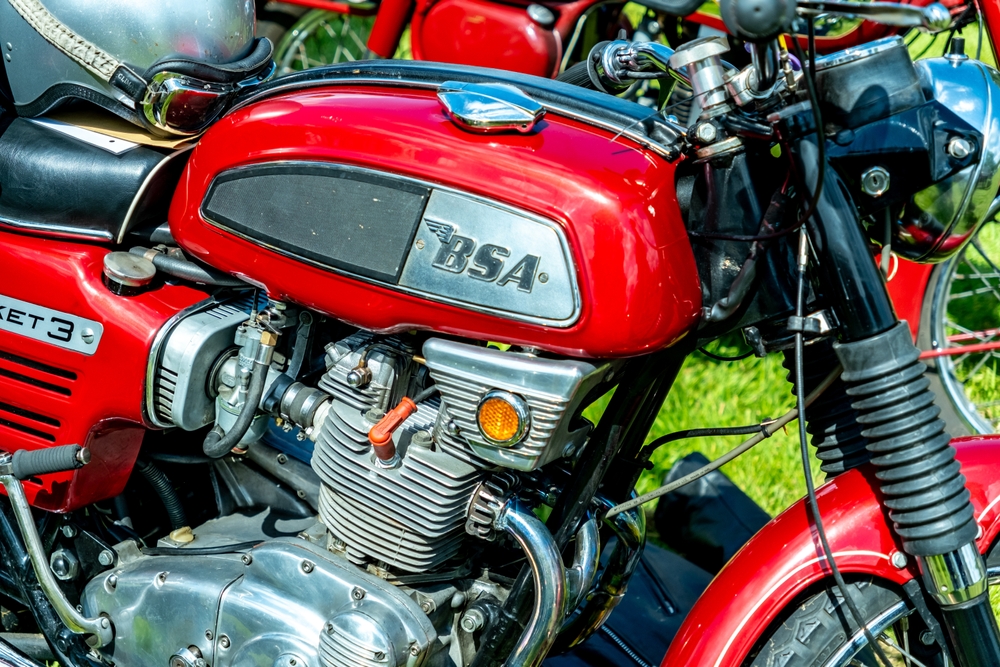
The BSA Rocket 3 was introduced as a competitor to the Japanese motorcycles of the time, but it struggled to keep up. The bike’s 750cc triple engine was powerful, but it was plagued by reliability issues, including frequent oil leaks and electrical problems. The Rocket 3’s heavy weight and outdated frame design also made it less agile than its competitors. Despite its potential, the Rocket 3 failed to make a lasting impact in the market.
Harley-Davidson XLCR Cafe Racer
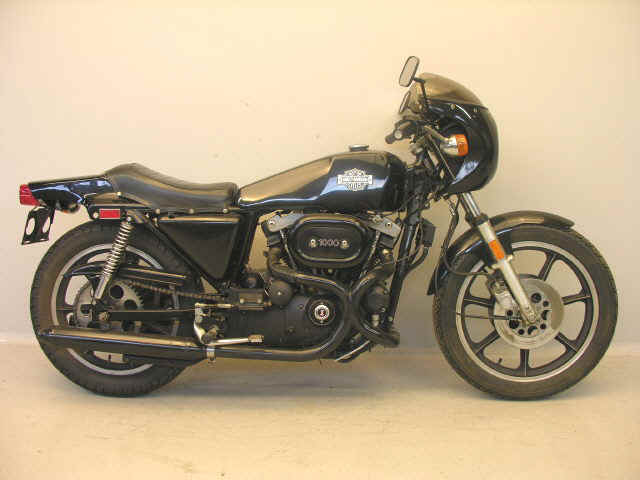
The Harley-Davidson XLCR Cafe Racer was an attempt to tap into the growing cafe racer trend, but it missed the mark. The bike’s 997cc V-twin engine was powerful, but it was hindered by the bike’s heavy weight and poor handling. The XLCR’s styling, while unique, was polarizing and didn’t resonate with many Harley-Davidson enthusiasts. The bike’s high price and limited production numbers further limited its appeal, making it a commercial disappointment.
Yamaha XS500
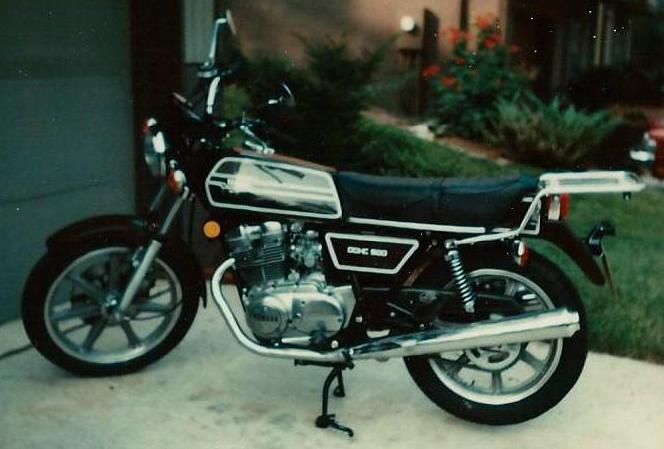
The Yamaha XS500 was a middleweight motorcycle that struggled to find its place in the market. The bike’s 498cc parallel-twin engine was smooth and reliable, but it was let down by the bike’s heavy weight and lackluster handling. The XS500 was also plagued by reliability issues, including camshaft failures and oil leaks. Despite its promising specifications, the XS500 failed to make a lasting impact in the market.
Suzuki GT550
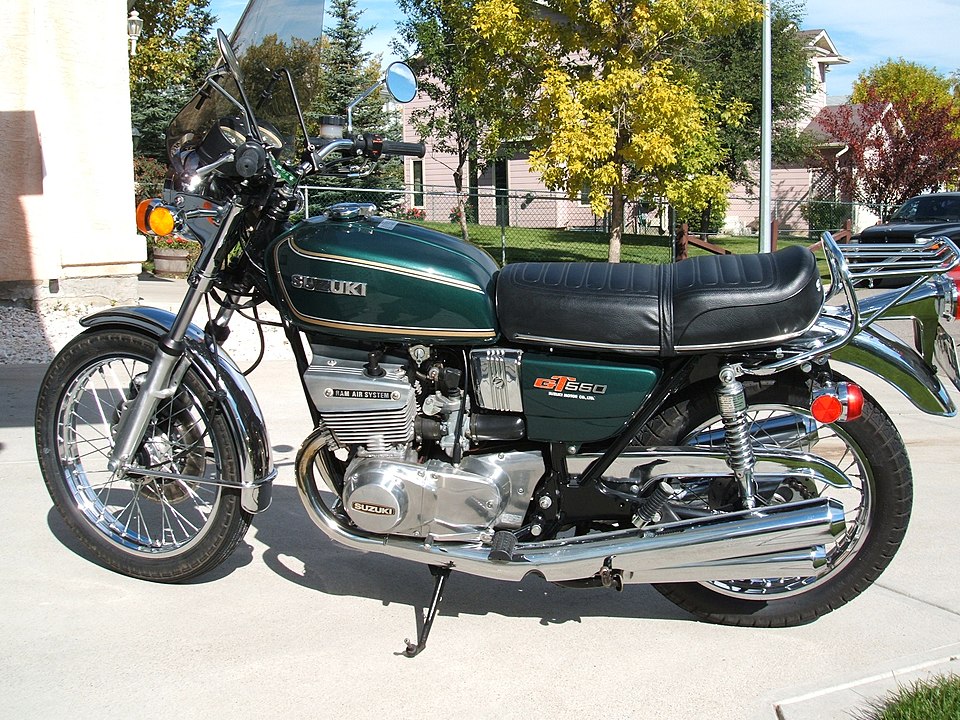
The Suzuki GT550 was a two-stroke triple that failed to impress in the market. The bike’s 543cc engine was powerful, but it was let down by the bike’s heavy weight and poor handling. The GT550 was also criticized for its high fuel consumption and excessive smoke emissions, which made it less practical than its competitors. Despite its advanced features, including a disc brake and electric start, the GT550 failed to make a significant impact.
Ducati 750 GT
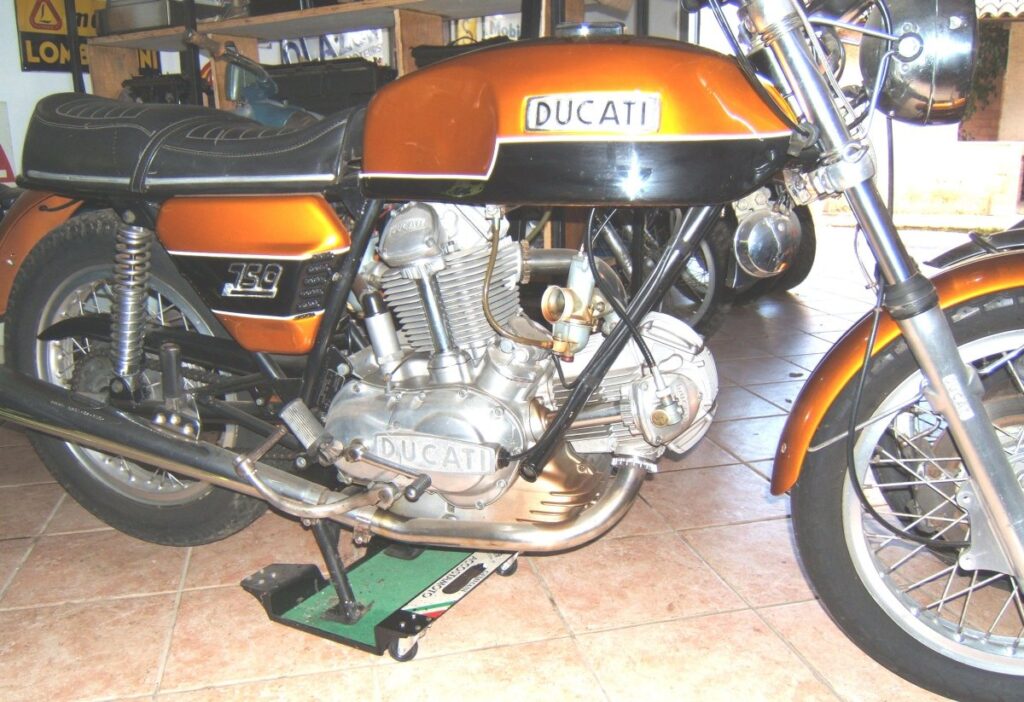
The Ducati 750 GT was an early attempt at a V-twin sports bike, but it failed to live up to expectations. The bike’s 748cc engine was powerful, but it was let down by the bike’s heavy weight and poor handling. The 750 GT was also criticized for its dated styling, which didn’t appeal to riders looking for something more modern. Despite its potential, the 750 GT failed to make a significant impact in the market.
Honda CB500T
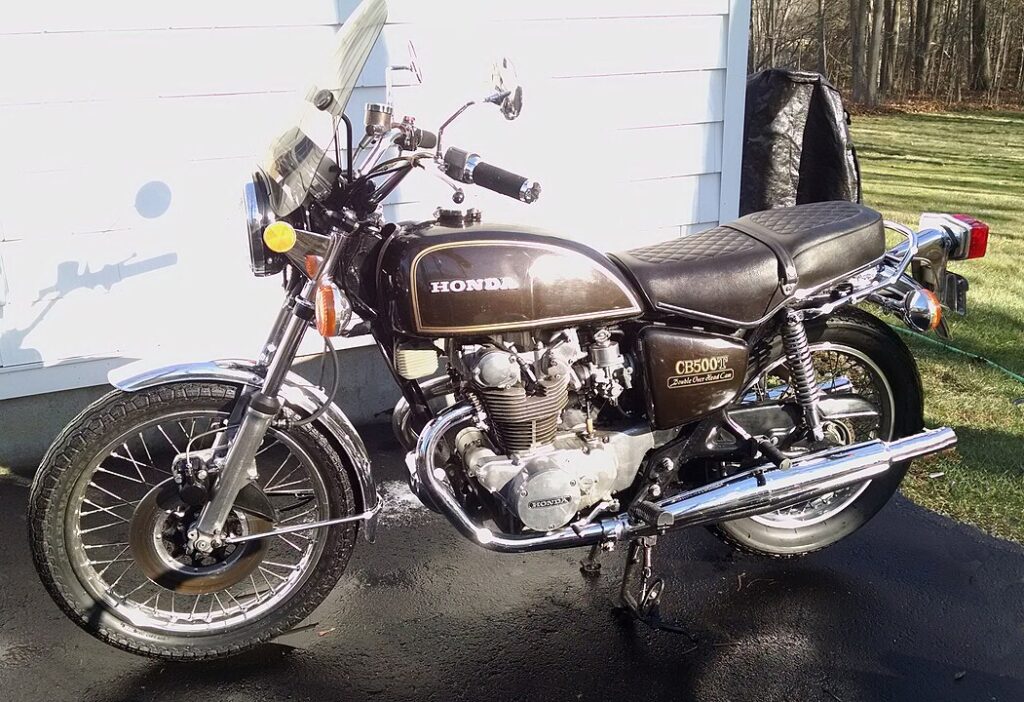
The Honda CB500T was an attempt to create a reliable and affordable middleweight motorcycle, but it failed to impress. The bike’s 498cc parallel-twin engine was smooth and reliable, but it was let down by the bike’s heavy weight and lackluster handling. The CB500T was also criticized for its conservative styling, which didn’t stand out in a crowded market. Despite its potential, the CB500T failed to make a significant impact.
Triumph T160 Trident
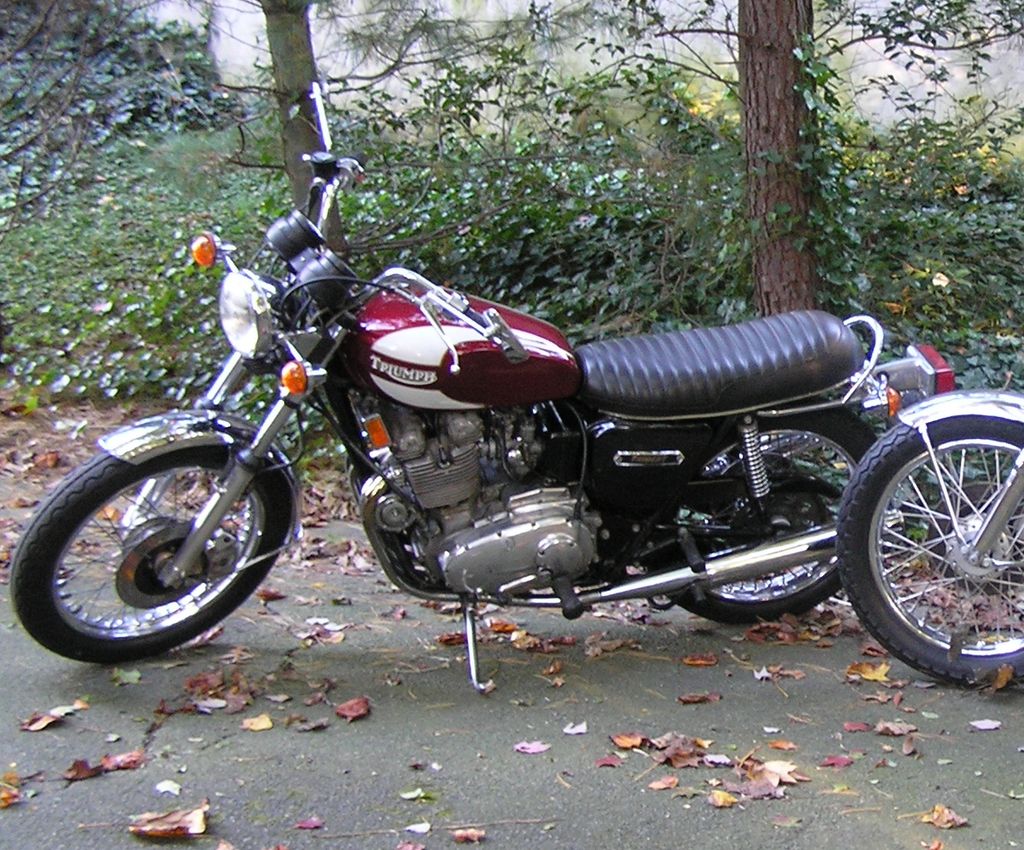
The Triumph T160 Trident was an updated version of the T150, but it failed to solve the issues that plagued its predecessor. The bike’s 741cc triple engine was powerful, but it was let down by the bike’s heavy weight and poor handling. The T160 was also criticized for its dated styling, which didn’t appeal to riders looking for something more modern. Despite its potential, the T160 failed to make a significant impact in the market.
Moto Morini 3½ Sport
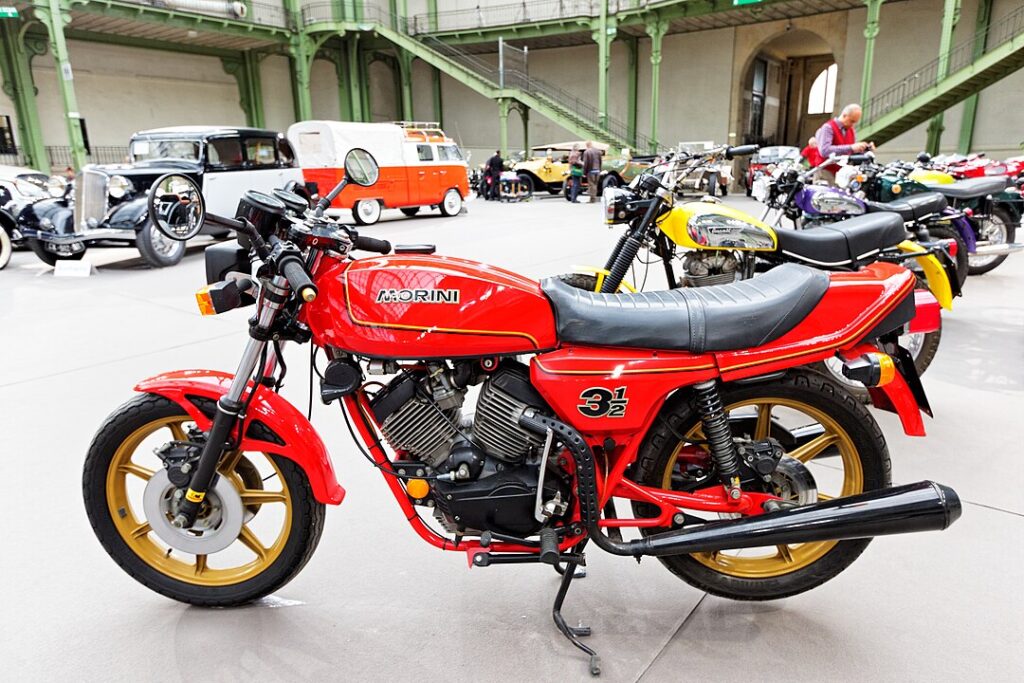
The Moto Morini 3½ Sport was a small Italian motorcycle that struggled to find its place in the market. The bike’s 344cc V-twin engine was smooth and reliable, but it lacked the power and excitement that riders were looking for. The 3½ Sport was also criticized for its dated styling and lack of advanced features, which made it less appealing than its competitors. Despite its potential, the 3½ Sport failed to make a significant impact.
Harley-Davidson SX-250
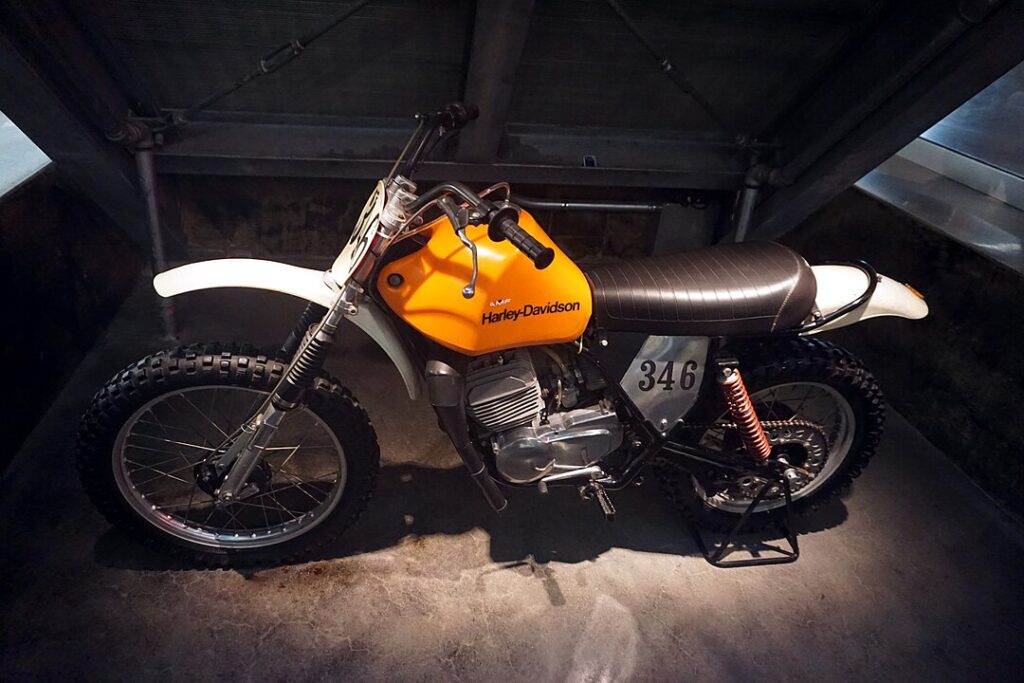
The Harley-Davidson SX-250 was a small, single-cylinder bike that struggled to make a mark in Harley-Davidson’s lineup. Its 250cc two-stroke engine was underpowered, producing just around 16 horsepower, which was not enough to compete with other motorcycles in its class. The build quality suffered under AMF’s ownership, leading to reliability issues and a reputation for poor performance. The bike’s dated design and lackluster handling further diminished its appeal.
Yamaha RD400
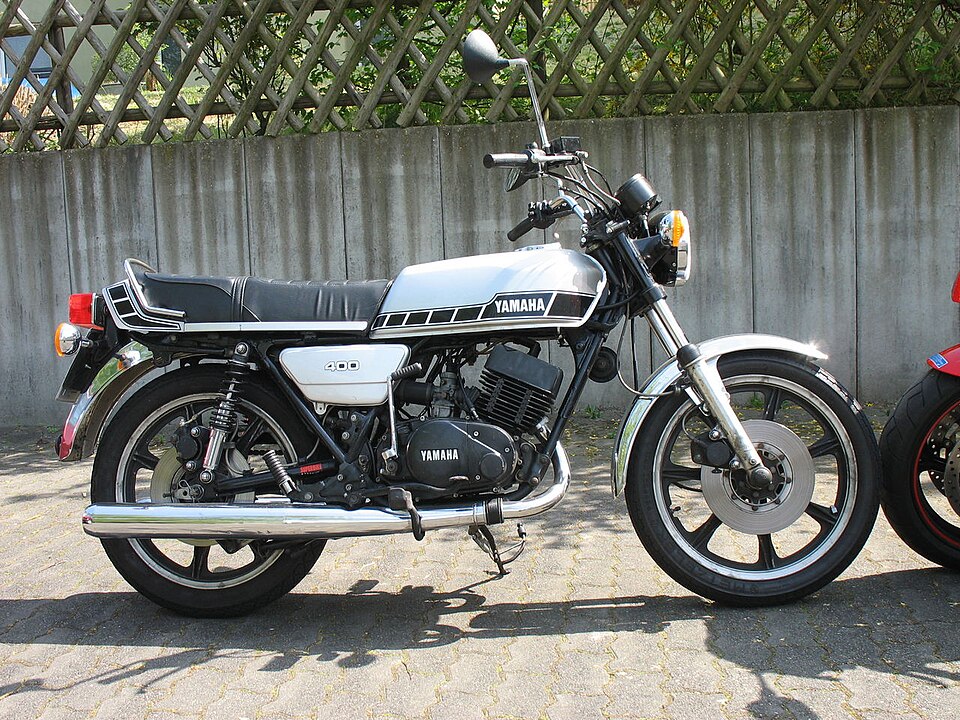
The Yamaha RD400 was a small, two-stroke motorcycle that struggled to find its place in the market. The bike’s 398cc engine was powerful, but it was let down by the bike’s heavy weight and poor handling. The RD400 was also criticized for its high fuel consumption and excessive smoke emissions, which made it less practical than its competitors. Despite its potential, the RD400 failed to make a significant impact in the market.
Kawasaki KH400
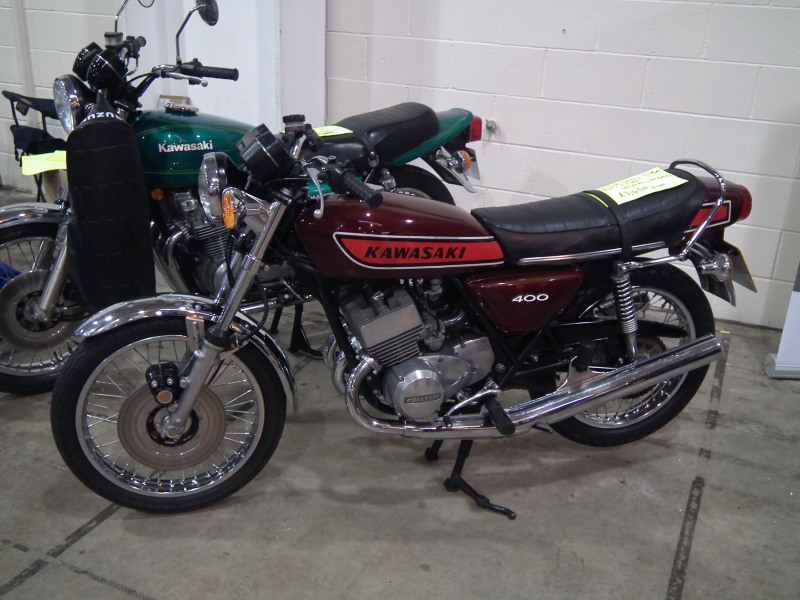
The Kawasaki KH400 was a small, two-stroke motorcycle that struggled to find its place in the market. The bike’s 398cc engine was powerful, but it was let down by the bike’s heavy weight and poor handling. The KH400 was also criticized for its high fuel consumption and excessive smoke emissions, which made it less practical than its competitors. Despite its potential, the KH400 failed to make a significant impact in the market.
Hesketh V1000
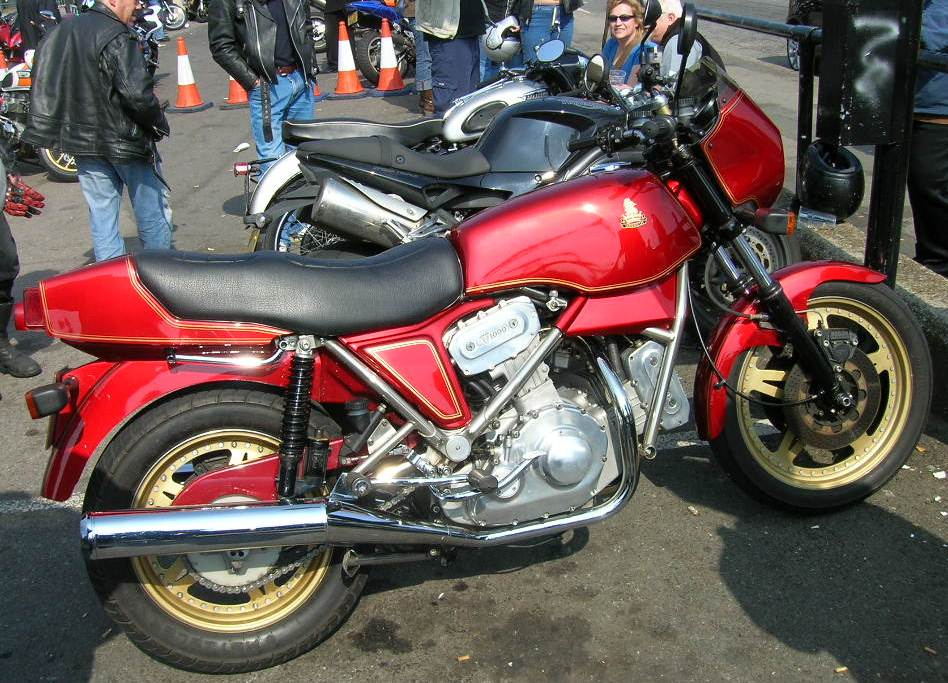
The Hesketh V1000 was a British motorcycle that was plagued by reliability issues from the start. The bike’s 992cc V-twin engine was powerful, but it was let down by the bike’s heavy weight and poor handling. The V1000 was also criticized for its high price, which made it less competitive in a crowded market. Despite its potential, the V1000 failed to make a significant impact in the market.
This article originally appeared in MyCarMakesNoise.
More from MyCarMakesNoise
20 Stunningly Designed Motorcycles That Turn Heads

Some motorcycles are more than just a means of transportation—they’re works of art that command attention wherever they go. With sleek lines, bold colors, and innovative designs, these bikes are built to turn heads and make a statement. Read More
20 Issues That Arise from Using Cheap Fuel in Your Car

Using cheap fuel in your car might seem like a cost-saving measure, but it can lead to several issues that could end up costing you more in the long run. Low-quality fuel can cause engine knocking, reduce fuel efficiency, and lead to buildup in the fuel injectors, which hampers performance. Read More
20 Formerly Coveted American Coupes That Have Lost Their Luster

Once symbols of style and performance, many American coupes have seen their popularity fade over time. These cars, which were once coveted for their sleek designs and powerful engines, now struggle to maintain the same appeal in a market dominated by SUVs and sedans. Read More

